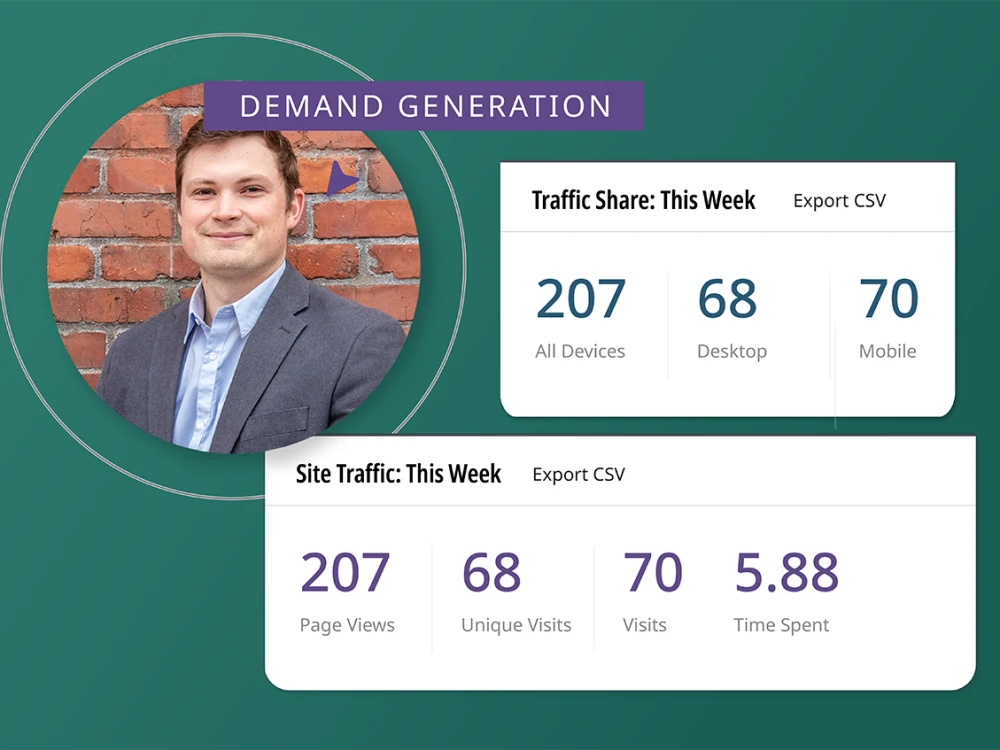Shopify and Brightspot: How it works
E-commerce merchants and publishers increasingly need to create compelling content that showcases any product that can be researched and bought online. So the notion of commerce as content requires a CMS that will treat your product inventory just like any other digital asset that can be woven into your digital storytelling.
Brightspot’s powerful new Shopify integration allows online retailers with a Shopify account to search for any item in their product catalog without ever having to leave the CMS.
Better yet, any item in your store catalog can be transformed into new Brightspot content types to be embedded into whatever storytelling format you prefer: think click-to-buy product lists in articles; dynamic homepage promos; listicle items—the possibilities are endless, as are the opportunities to connect with your customers through the power of online storytelling.
Shopify and Brightspot: Use cases
- A home improvement company is preparing a campaign to publicize gardening tools ahead of the spring busy season. Wanting to get the word out, editors at the organization access their Shopify product library and pull those products into Brightspot, then use them in articles and blog posts as leads, then describe the value they provide.
- An electronics company is preparing for the holiday season, giving their audience a quick look into most-purchased products over the course of the year. Editors at the company pull their products on Shopify into Brightspot and use them as promos in a dynamically updating list on their homepage, ensuring that their audiences are always viewing information that is up to date based on sales data.
- A regional public broadcasting station wants to include an exclusive limited-time offer on its website that can dynamically display exclusive branded products available from the station’s Shopify catalog that are geo-targeted to site visitors based on location.
Search your Shopify store(s) from within the CMS via the integrated search functionality, import the products you would like to publish within Brightspot, and then seamlessly turn your Shopify products into Brightspot-published digital content.
Shopify is an e-commerce platform that helps millions of its customers “start, grow and manage a business.” Shopify offers content-management features as part of its platform to manage listing inventory and adjacent Creator Tools, but it is a commerce platform rather than a content management system. To experience the full publishing power of a true CMS, the Brightspot integration with Shopify allows Shopify customers to create fully integrated content experiences in the CMS that connect seamlessly to their Shopify e-commerce stores and products.
CMS platforms exist to enable organizations to create, manage and publish digital content to tell their story, engage their audience, market their products and achieve any other goals that are key to their digital strategy. E-commerce is an increasingly critical aspect of nearly every organization that has products or services to sell. The Shopify integration in Brightspot allows you to incorporate your products into your digital strategy.
- Online shopping skyrocketed at the onset of the pandemic, and now, global e-commerce sales are expected to reach $5 trillion this year and $6 trillion by 2024. Sellers are taking note and are flocking to online platforms, with an estimated 12-24 million e-commerce sites across the globe.
- Shoppers now expect to be able to find what they need online, and whether the entire process is digital or involves in-store pickups and interactions, technology is needed to meet and serve the customer along every point of that journey, from discovery, research and comparison shopping to purchase, ordering and delivery.
- Obviously, online stores don’t provide the opportunity for buyers to engage with their products physically. They can’t feel them, hold them to see how much they weigh, or try them on like they can in a store. So, without descriptive content—without videos that show how the tech gadget can easily swap out components or various images to show how the dress might look on different body types—too much is left to the imagination, and buyers will look elsewhere. This is exactly why e-commerce companies are embracing commerce-as content strategies today.
Commerce as content is a strategy leveraged by digital-first companies to publish and distribute content in order to drive product sales through an online store. It’s all about reimagining your online store as more than just a directory of product listings. Using the analogy of a brick-and-mortar store, think of your content as the front-of-store display. It’s a storytelling platform that draws buyers in—that entices them with impactful messaging tied to the products they’re viewing. It needs to be messaging that resonates with them and influences their journey to ultimately motivate them to purchase something from your brand, again and again. In short, commerce as content prioritizes and enhances the customer experience through powerful storytelling and drives revenue.
To write good e-commerce content, put on your storyteller’s hat. Think less about how to sell the product and instead walk in your customer’s shoes to understand how they need to learn about the product or your brand. Good content works when it’s genuine and speaks to your values. It’s no different for e-commerce content. Without the ability to touch the items as you would in an in-store setting (and speak to a customer rep), your content both needs to describe the what and why of the thing you’re selling.
- Focus on your audience first and the right tone and voice to connect.
- Write good quality content for a human to read while also ensuring it’s visible to search engines, too. Follow SEO best practices when it comes to pages titles, metadata, keywords, images, etc.
- Make your content original. Google and other search engines penalize duplicate content, so wherever possible make sure your product pages and descriptions contain original and unique content.
- Include customer testimonials and reviews so support your editorial content and product descriptions. Shoppers love to see what others have to say about the product they’re about to buy (not to mention, search engines, which include user-generated content as part of their ranking algorithms).
- Ensure that it’s easy to learn about the product and then move into the purchase path. And with the Brightspot integration with Shopify, this journey between discovery to purchasing is as seamless as possible.
Simply add your Shopify API credentials into the Sites and Settings admin area within Brightspot, and then initiate a search of your store(s) to begin the import proces
You will manage your online products in Shopify, and then import them into Brightspot when you would like to include them in Brightspot-published content.
With Shopify, harness the power of a powerful commerce platform that aids in starting, growing, and managing your business. Then, effectively engage your audiences by telling stories about your products, as well as generating awareness and driving loyalty to them, all from within Brightspot CMS.
To effectively market your products, you need to be able to evangelize them with content and tell their story by building dynamic content that pulls in products automatically based on characteristics, removing the manual lift. With this integration, you get the power to do this quickly by owning and publishing all product-related assets right from Brightspot.
Don’t limit your marketing to Facebook pages, Google Ads or clunky Squarespace pages. Create engaging, enterprise-grade digital content—articles, blog posts, listicles, live blog and more—on your own website. Whether it’s specifically about your online products (“commerce as content”) or adjacent to it, use that digital content to drive awareness, tell your story and enable seamless sharing, shopping and purchases of your online products.
There are dozens of use cases and pre-existing content types where Shopify products can be used as part of your publishing process. Here are a few:
- Writing a blog post about a topic where one of your products may come in handy? Add a call out to the product in the blog so readers can purchase it themselves.
- Want to feature the most popular items from your new seasonal catalog on your website homepage? Add a dynamic-list promo to include all the latest products for customers to explore and purchase when they visit your site.
- Sending a new member fundraising email for your nonprofit organization? Include a list of member-only branded goods like hats or mugs with discount codes to order with one click from your newsletter.





